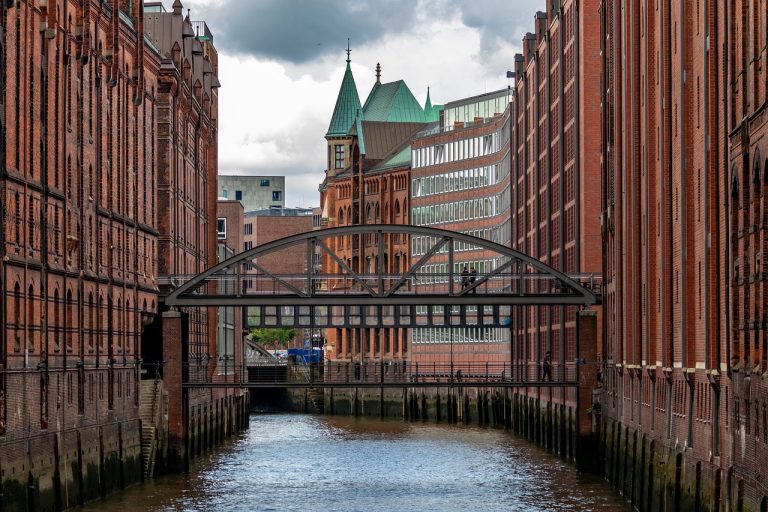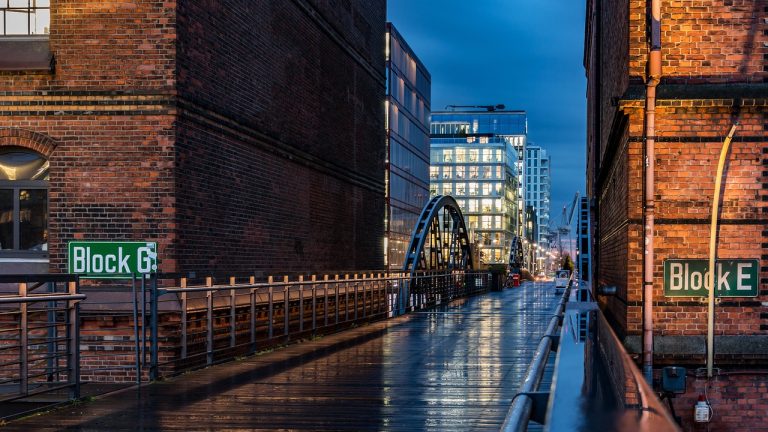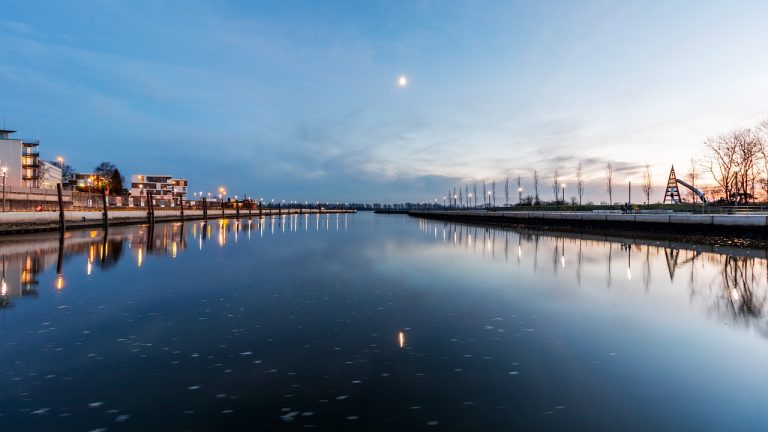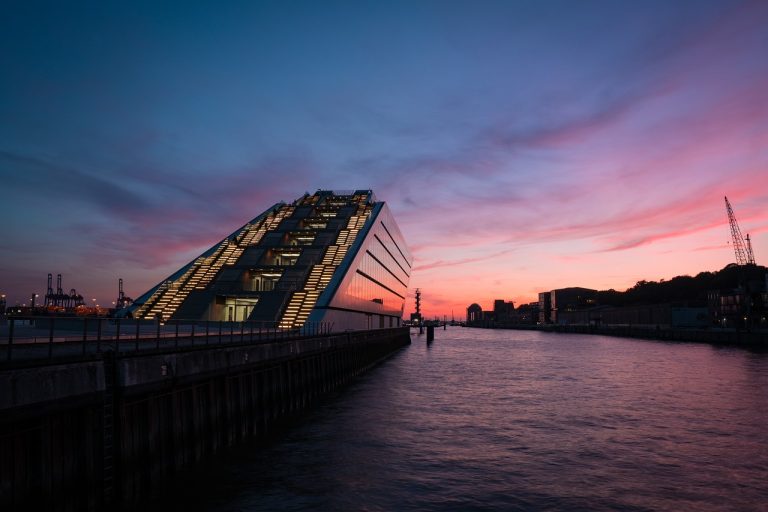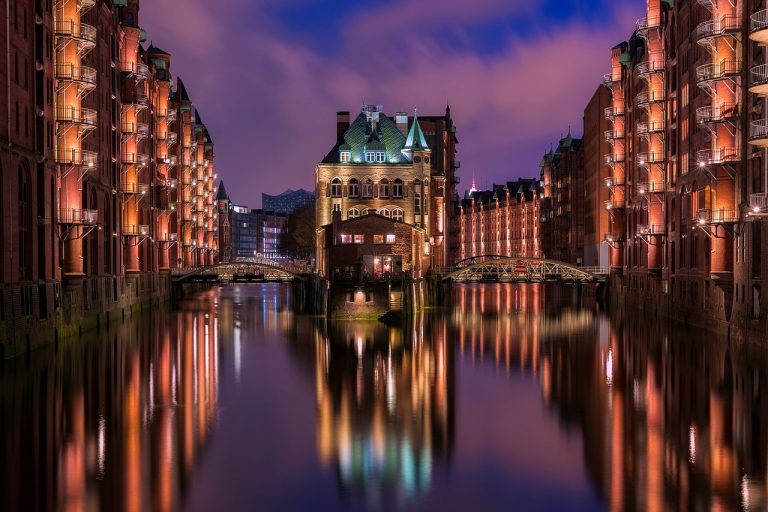Hamburg Germany Video
Architectural Wonders: Iconic Buildings in Hamburg Germany
Hamburg, Germany, is renowned for its rich architectural heritage. The city boasts a diverse range of iconic buildings that showcase both historical and contemporary styles. From stunning landmarks to modern masterpieces, Hamburg’s architectural wonders attract tourists and locals alike. This article explores ten notable buildings in Hamburg, each with its unique charm and significance.
Hamburg City Hall
The Hamburg City Hall, or Rathaus, is a magnificent neo-Renaissance building located in the heart of the city. Completed in 1897, it serves as the seat of the Hamburg Parliament and Senate. The City Hall’s impressive facade features intricate ornamentation and a towering clock tower. Inside, visitors can explore the grand ceremonial halls and admire the exquisite artworks and furnishings. The Rathaus Square surrounding the building is a popular gathering place for locals and tourists.
- Key Features: Ornate neo-Renaissance architecture, clock tower
- Notable Rooms: Festsaal, Kaisersaal, Senatssaal
- Interesting Fact: The City Hall has over 600 rooms, making it one of the largest in Europe.
Elbphilharmonie
The Elbphilharmonie is a modern architectural masterpiece situated on the banks of the Elbe River. Designed by Swiss architects Herzog & de Meuron, this concert hall opened its doors in 2017. Its striking glass facade and wave-like roof create a visually stunning landmark. Inside, the Grand Hall boasts exceptional acoustics, making it a world-class venue for concerts. Visitors can also enjoy panoramic views of the city from the public viewing platform.
- Key Features: Futuristic design, glass facade, panoramic views
- Concert Hall Capacity: 2,100 seats
- Interesting Fact: The Elbphilharmonie is nicknamed the “Elphi” by locals.
Hamburg Germany Image 1: 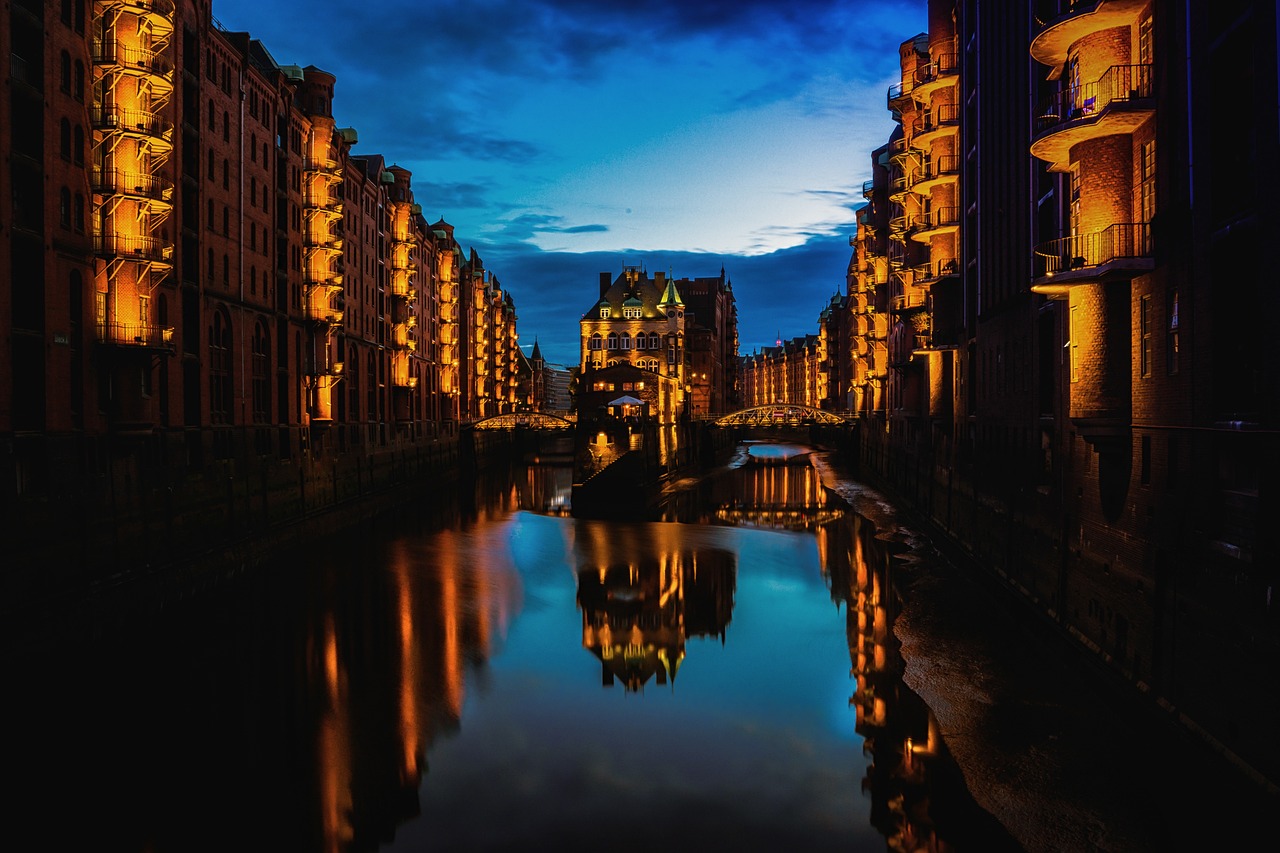
St. Michael’s Church
St. Michael’s Church, locally known as “Michel,” is one of Hamburg’s most recognizable landmarks. This stunning Baroque-style church dates back to the 17th century and features an impressive copper dome that offers panoramic views of the city. Visitors can climb the tower for a breathtaking perspective or explore the ornate interior, including the famous Arp Schnitger organ.
- Key Features: Baroque architecture, copper dome, city views
- Height of Tower: 132 meters
- Interesting Fact: The tower of St. Michael’s Church serves as a symbol of Hamburg’s resilience, having been destroyed and rebuilt twice.
Speicherstadt
Speicherstadt, meaning “City of Warehouses,” is a historic warehouse district and UNESCO World Heritage Site. Built in the late 19th century, the red-brick buildings with their distinctive gabled roofs line the canals, creating a picturesque scene. Today, the warehouses house various attractions, including museums, shops, and cafes. The area is particularly enchanting when illuminated at night.
- Key Features: Red-brick warehouses, canals, UNESCO World Heritage Site
- Attractions: Miniatur Wunderland, Hamburg Dungeon
- Interesting Fact: Speicherstadt is the largest warehouse complex in the world.
Hamburg Germany Image 2: 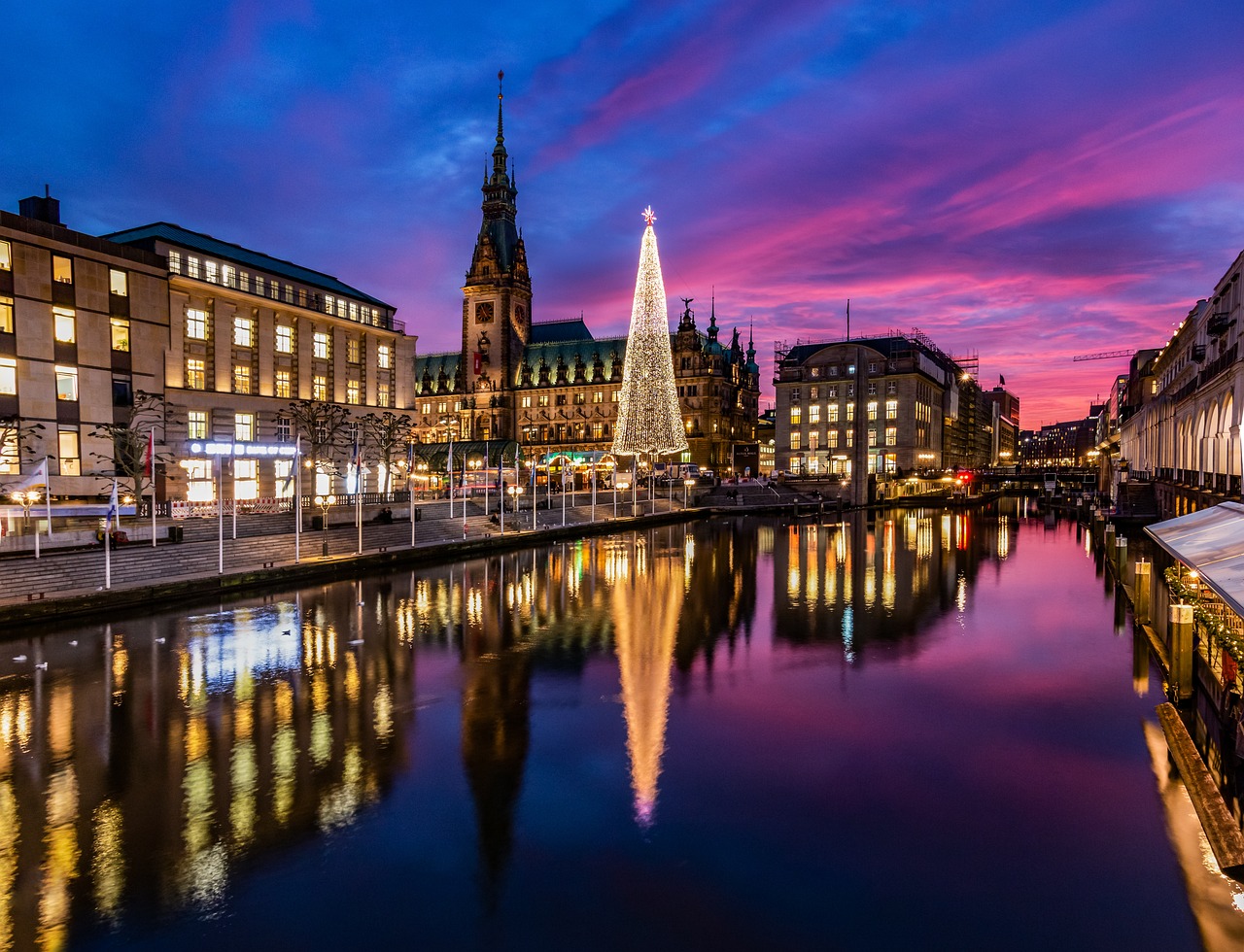
Kunsthalle Hamburg
Kunsthalle Hamburg is one of Germany’s leading art museums, showcasing an extensive collection of European paintings and sculptures. The museum, housed in a neo-Renaissance building, offers a journey through art history from the Middle Ages to contemporary works. Its diverse exhibitions and educational programs make it a must-visit destination for art enthusiasts.
- Key Features: Neo-Renaissance architecture, European art collection
- Notable Artists: Rembrandt, Monet, Picasso
- Interesting Fact: The Kunsthalle Hamburg has over 700 years of art history under one roof.
Chilehaus
The Chilehaus is an architectural gem that exemplifies the Brick Expressionism style of the 1920s. Designed by architect Fritz Höger, this ten-story office building stands out with its curved shape and ornate facade. The intricate brickwork and decorative elements make it a unique sight in Hamburg’s Kontorhaus District, which is known for its historic office buildings.
- Key Features: Brick Expressionism, curved shape, decorative facade
- Architect: Fritz Höger
- Interesting Fact: The Chilehaus takes its name from the former owner, Henry B. Sloman, who traded saltpeter from Chile.
Planten un Blomen
Planten un Blomen is a vibrant urban park located in the heart of Hamburg. This green oasis offers a peaceful retreat from the bustling city. Visitors can stroll through beautifully landscaped gardens, enjoy colorful flower displays, and relax by the lakes and water features. The park also hosts various events, including open-air concerts and light shows.
- Key Features: Landscaped gardens, lakes, water features
- Attractions: Japanese Garden, Tropical House
- Interesting Fact: The name “Planten un Blomen” is Low German for “Plants and Flowers.”
Hamburg Germany Image 3: 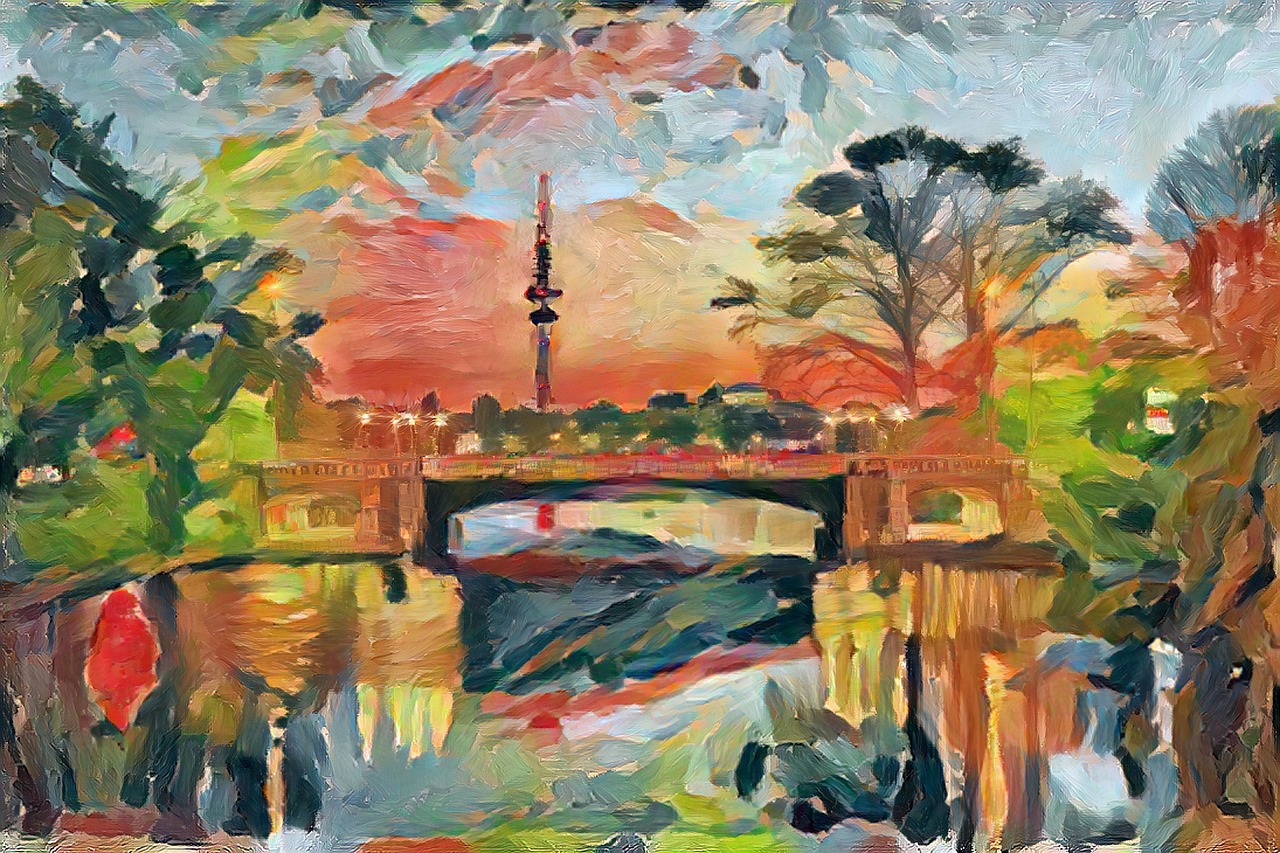
Hamburg Museum
The Hamburg Museum provides an in-depth exploration of the city’s history and culture. Housed in a former 19th-century trade exchange building, the museum features a vast collection of artifacts, photographs, and interactive exhibits. Visitors can learn about Hamburg’s maritime heritage, its role as a trading hub, and its vibrant arts and music scene.
- Key Features: Historical exhibits, interactive displays
- Sections: Hamburg History, Port of Hamburg, Hamburg Music
- Interesting Fact: The Hamburg Museum is the largest museum in the city.
Hamburg Central Station
Hamburg Central Station, or Hauptbahnhof, is one of Europe’s busiest railway stations and an architectural marvel. Designed by architects Heinrich Reinhardt and Georg Süßenguth, the station’s impressive facade showcases a blend of neo-Renaissance and neo-Gothic styles. Inside, the station offers a bustling hub for transportation, with numerous shops, restaurants, and services.
- Key Features: Neo-Renaissance and neo-Gothic architecture, transport hub
- Passenger Traffic: Over 550,000 daily visitors
- Interesting Fact: Hamburg Central Station has over 14 platforms and connects the city with national and international destinations.
Conclusion
Hamburg, Germany, showcases a remarkable collection of architectural wonders that capture the city’s rich history and progressive spirit. From the grandeur of the Hamburg City Hall and St. Michael’s Church to the modern elegance of the Elbphilharmonie and Chilehaus, each building tells a story and adds to the city’s vibrant character. Whether exploring the historic Speicherstadt, immersing oneself in art at the Kunsthalle, or enjoying the tranquility of Planten un Blomen, Hamburg’s architectural treasures offer a captivating experience for visitors.
References
- hamburg.com
- elbphilharmonie.de
- hamburg.de
- kunsthalle-hamburg.de
- plantenunblomen.hamburg.de
- hamburgmuseum.de
- hamburg-travel.com


